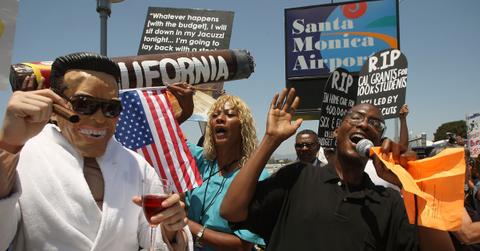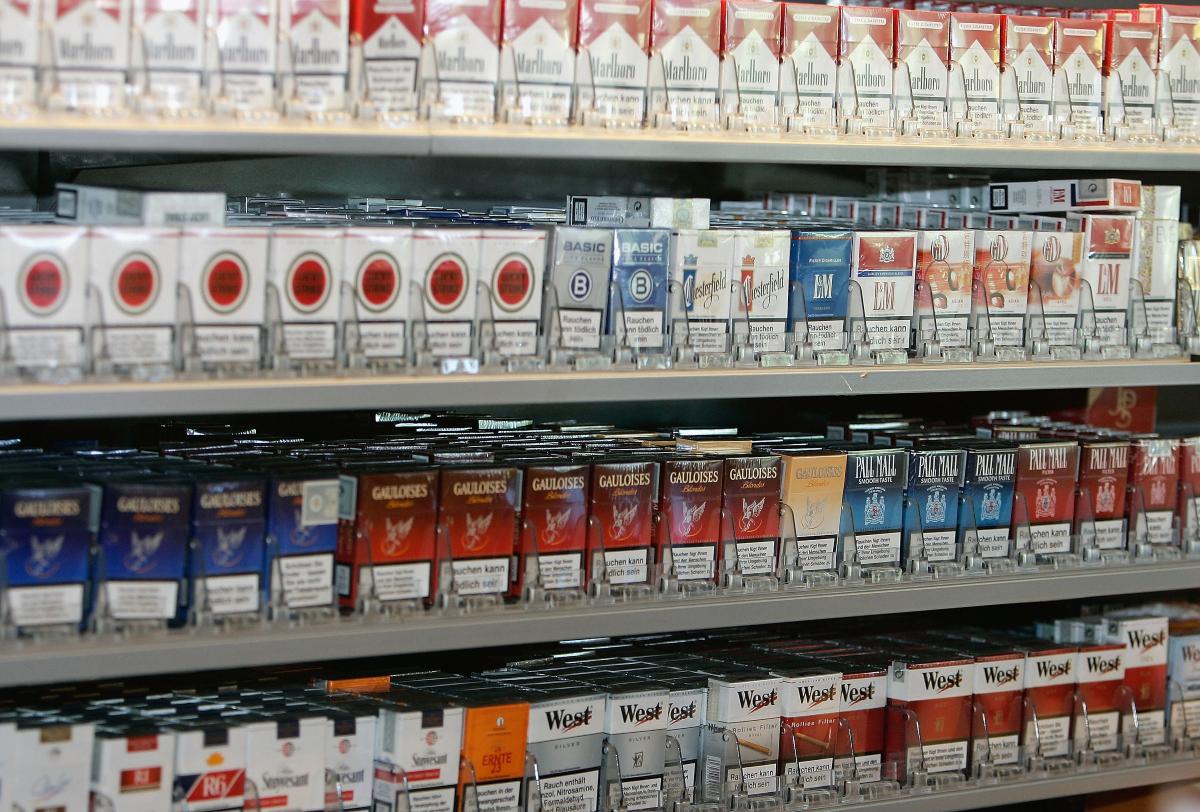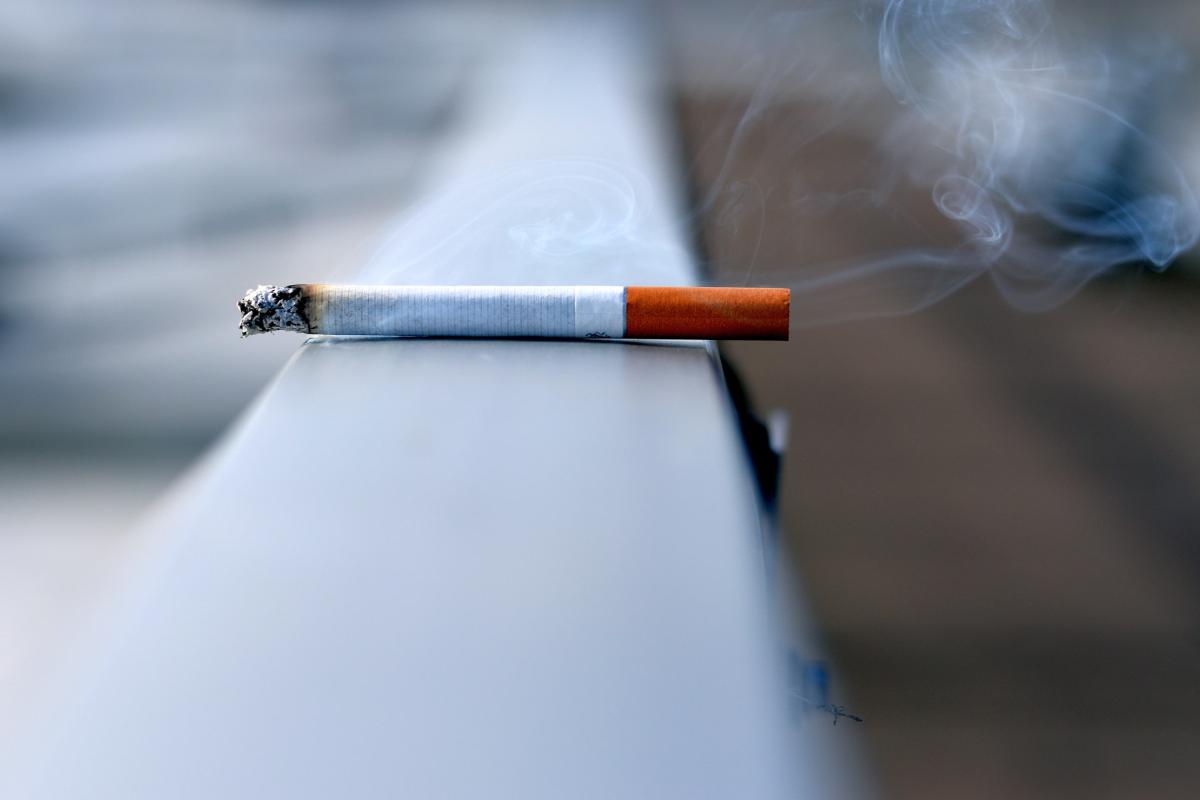How Much Is the Proposed Federal Tobacco Tax Increase, and What Would It Pay For?
How much is the proposed federal tax increase for tobacco products, and who will pay for it?
Sept. 23 2021, Published 6:08 a.m. ET

Governments globally are always looking for ways to enhance their revenue kitty, especially amid the COVID-19 pandemic. Under their $3.5 trillion tax legalization, House Democrats are targeting higher taxes on tobacco, nicotine, and vapor products. How much is the proposed federal tax increase for tobacco products, and who will pay for it? What will the proceeds be used for?
The taxes would be eventually paid by tobacco consumers. While the Biden administration has vowed to not increase taxes on lower and middle-income households, consumers in these income categories would bear the brunt of higher taxes on tobacco products.
How much is the federal tobacco tax?
The federal government intends to raise almost $96 billion through the tax hike on tobacco products. The new tax aims to bring parity between tobacco products. While taxation on cigarettes would be doubled, it would be even higher on other tobacco products.
For instance, under the hike, the tax rate will increase by 1,600 percent on pipe tobacco and 2,000 percent on chewing tobacco. Vapor products, not currently taxed federally, will be taxed $100.66 for every 1,810 milligrams of nicotine.
What would the tobacco tax pay for?
The tobacco tax hike won't pay for specific federal expenditures but rather serve as a source of general revenue for the government. Over the last year, the U.S. federal budget has expanded. Whereas multiple rounds of stimulus have helped U.S. consumers offset the economic impact of the COVID-19 pandemic, they've left a big hole in government finances.
Worldwide, governments are realizing that endless money printing is not the answer to the pandemic hardships. U.S. debt-to-GDP levels have surged, and the current debt will have to be serviced by future generations.
There are several ways governments increase taxes. They can tax people directly, based on their income, or they can tax indirectly, with companies paying tax on behalf of consumers. While direct taxes vary based on income, indirect taxes apply equally. Governments may also target certain products that are more often used by people who can afford to pay more tax, such as luxury goods.
Is the tax hike on tobacco a wise move?
Imposing a higher tax on vices such as cigarettes and tobacco is among the strategies governments may fall back on when they need to raise revenue. However, as the Tax Foundation argues, it's mostly lower-income families who consume tobacco.
According to the Tax Foundation, a smoker who consumes a pack of cigarettes daily and makes $15,000 every year ends up paying 10 percent of their income toward federal and state tobacco taxes. It estimates that the proposed hike will raise that tax by two percentage points.
The alternative is to tax the rich at a higher rate. Like taxing tobacco, taxing the rich has its pros and cons. However, the fiscal extravagance of the last year has to end soon to ensure the long-term stability of the economy.



